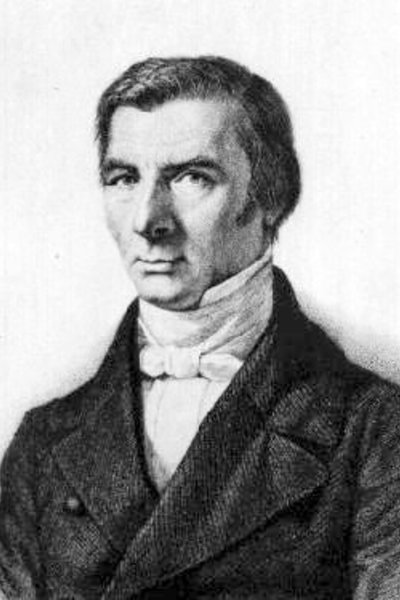Liberty Matters
On the Origin of the Supply-and-Demand Graph
 I have a complaint about the essays by Joe Salerno and Guido Hülsmann: they make any further contribution by me to this discussion difficult. The reason is that both essays are excellent. I find nothing at all of real significance to challenge. The same goes for David Hart's follow-up comment.
I have a complaint about the essays by Joe Salerno and Guido Hülsmann: they make any further contribution by me to this discussion difficult. The reason is that both essays are excellent. I find nothing at all of real significance to challenge. The same goes for David Hart's follow-up comment.But I can answer David's question about the origin of the supply-and-demand graph. At least to English-speaking audiences, the originator appears to be Fleeming Jenkin. Jenkin drew the now-familiar graph for the first time in his 1870 paper, "The Graphic Representation of the Laws of Supply and Demand, And Their Application to Labour."[65] Alfred Marshall, in his influential 1890 textbook, Principles of Economics, made this graph famous.[66]
I do, though, have a question for Joe, although I welcome answers also from my other colleagues in this forum. My question is this: while we know that Carl Menger read Bastiat, what is the specific evidence that Bastiat influenced Menger in the ways that Joe describes? I don't question the validity of Joe's argument. And I'm prepared to accept the claim that the similarities of those of Menger's analyses that Joe highlights to the analyses of Bastiat are so great that, even if Menger was never conscious of having been influenced by Bastiat, Bastiat's influence is nevertheless present. I just wonder if there is some more direct evidence of this influence.
I will ponder Joe's, Guido's, and David's contributions further. Rich as they are, they will soon spark further responses from me.
Endnotes
[65.] Fleeming Jenkin, "The Graphic Representation of the Laws of Supply and Demand, And Their Application to Labour." (1870). Online at Google Books.
[66.] Alfred Marshall, Principles of Economics, (1870). Online at Econlib <https://www.econlib.org/library/Marshall/marP.html>.At the OLL (1920, 8th ed.) <https://oll.libertyfund.org/titles/1676>.
Copyright and Fair Use Statement
“Liberty Matters” is the copyright of Liberty Fund, Inc. This material is put on line to further the educational goals of Liberty Fund, Inc. These essays and responses may be quoted and otherwise used under “fair use” provisions for educational and academic purposes. To reprint these essays in course booklets requires the prior permission of Liberty Fund, Inc. Please contact oll@libertyfund.org if you have any questions.